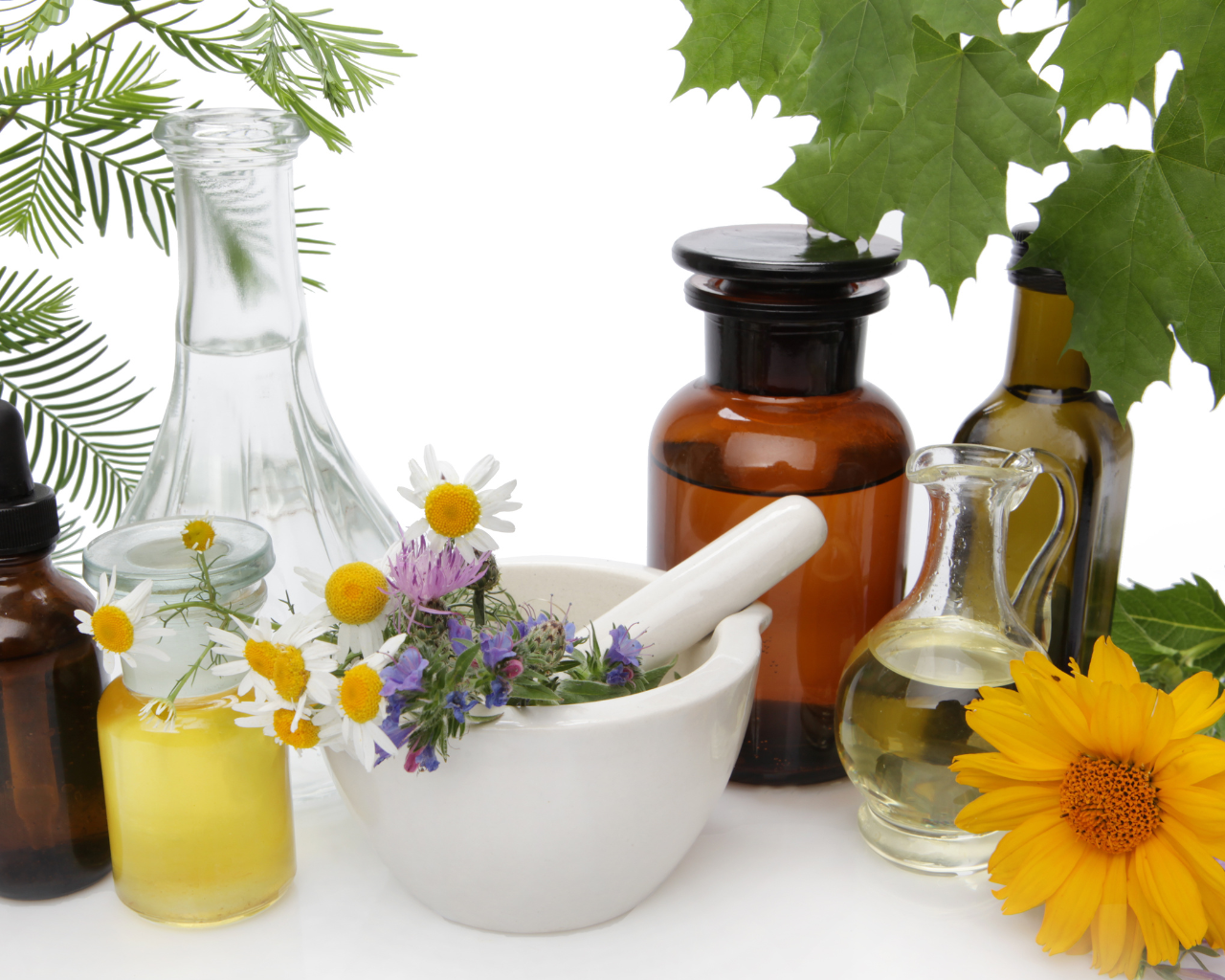
EMA has published “Overview of recommendations for the uses of herbal medicinal products in the paediatric population”
The EMA has published an overview of the recommendations for the use of herbal substances and/or preparations in the paediatric population as set out in the European Union herbal monographs. The document summarises the indications and possible limitations of use in children, based on the assessment of the Committee on Herbal Medicinal Product (HMPC).
The age range and use of herbal medicinal products within this special patient population, are topics often addressed by healthcare professionals. The purpose of this overview is to provide a summary of the information included in the monographs for ease of reference.
The list is divided into two groups of herbal medicinal products:
- well-established use -WEU: demonstrated sufficient safety and efficacy data (may only be placed on the market after obtaining a marketing authorisation);
- traditional use -TU- accepted based on sufficient safety data and plausible efficacy (can be marketed after being registered through simplified registration).
The list is derived from the information contained in the EU herbal monographs, as adopted, and can be consulted either by alphabetical order or according to therapeutic areas, for example, constipation, cough and cold, wye discomfort, gastrointestinal disorders, sleep disorders and temporary insomnia, etc.
For each substance the indications in the therapeutic area, possible herbal preparations referred in the monograph, dosage form and method of administration, Target population and Justification for limited use, for example in children, are listed in a tabular list.
SOURCES:
More detailed information is available in the EMA document European Union herbal monographs: Overview of recommendations for the uses of herbal medicinal products in the paediatric population.
To view all EU herbal monographs go to Herbal: European Union herbal monographs.
Latest posts
-
01 October, 2024 Blog
EDQM publishes revised Ph. Eur. Water Monographs for public comment


